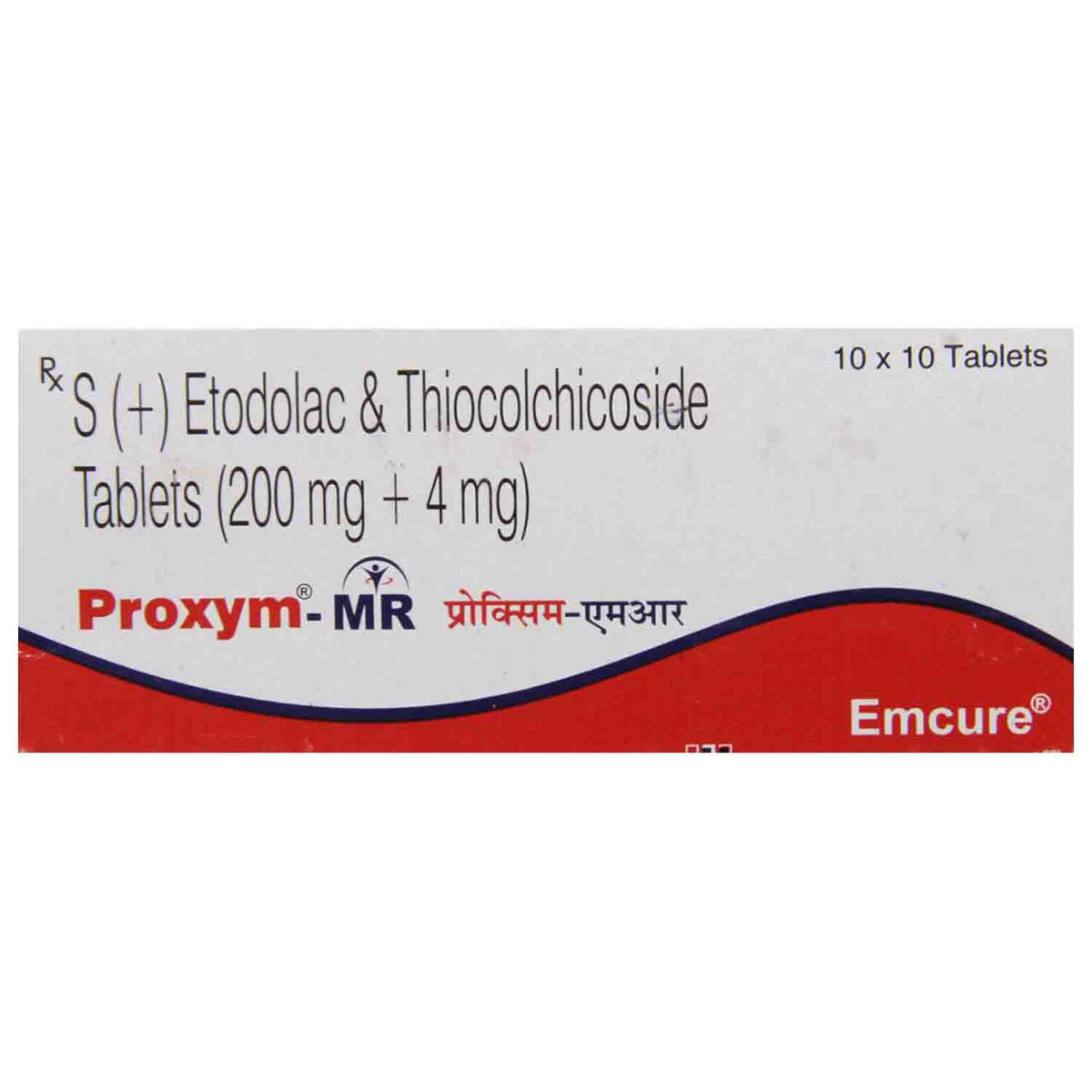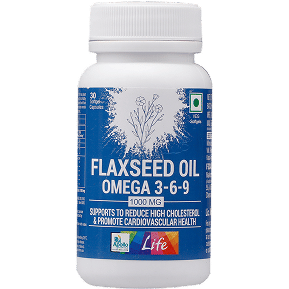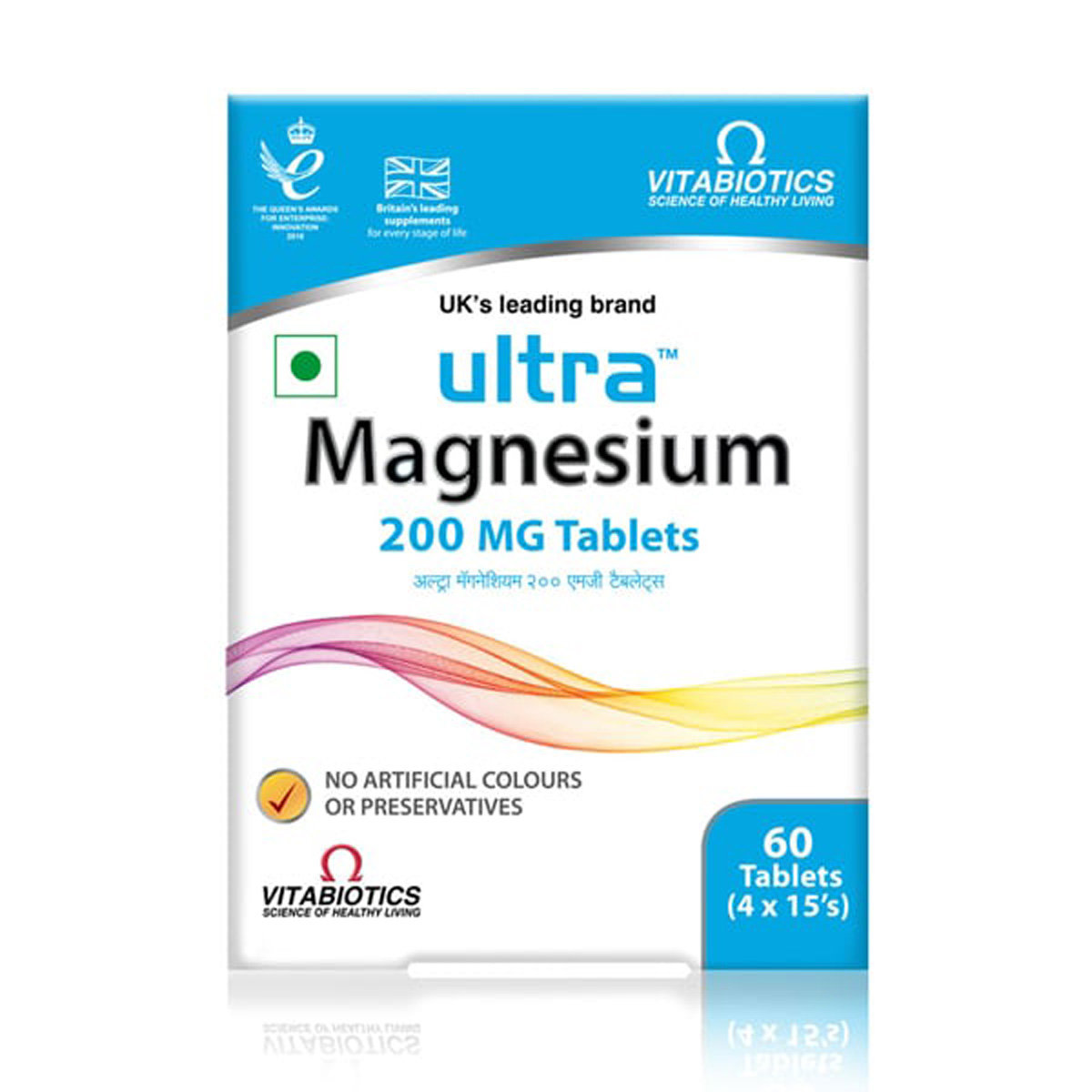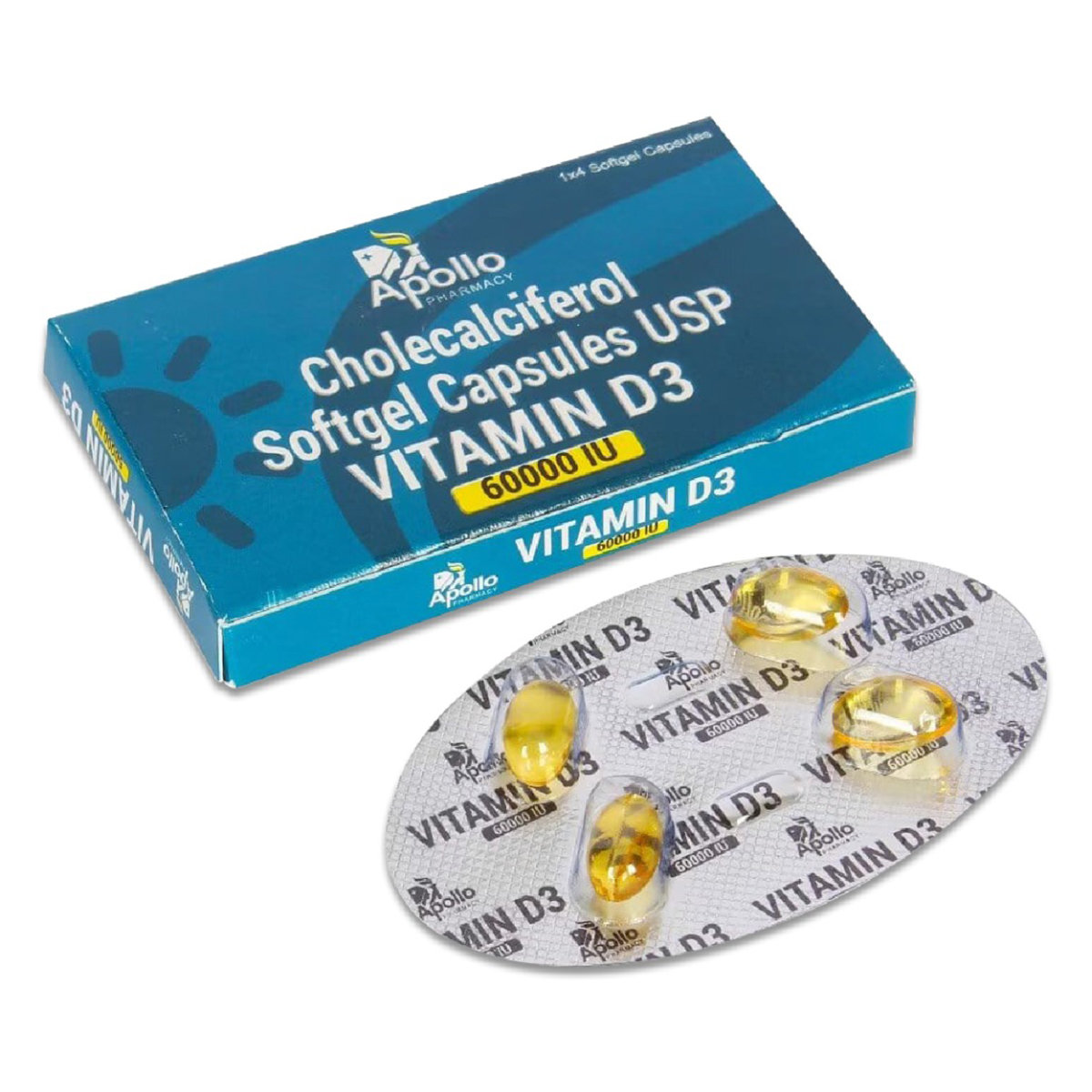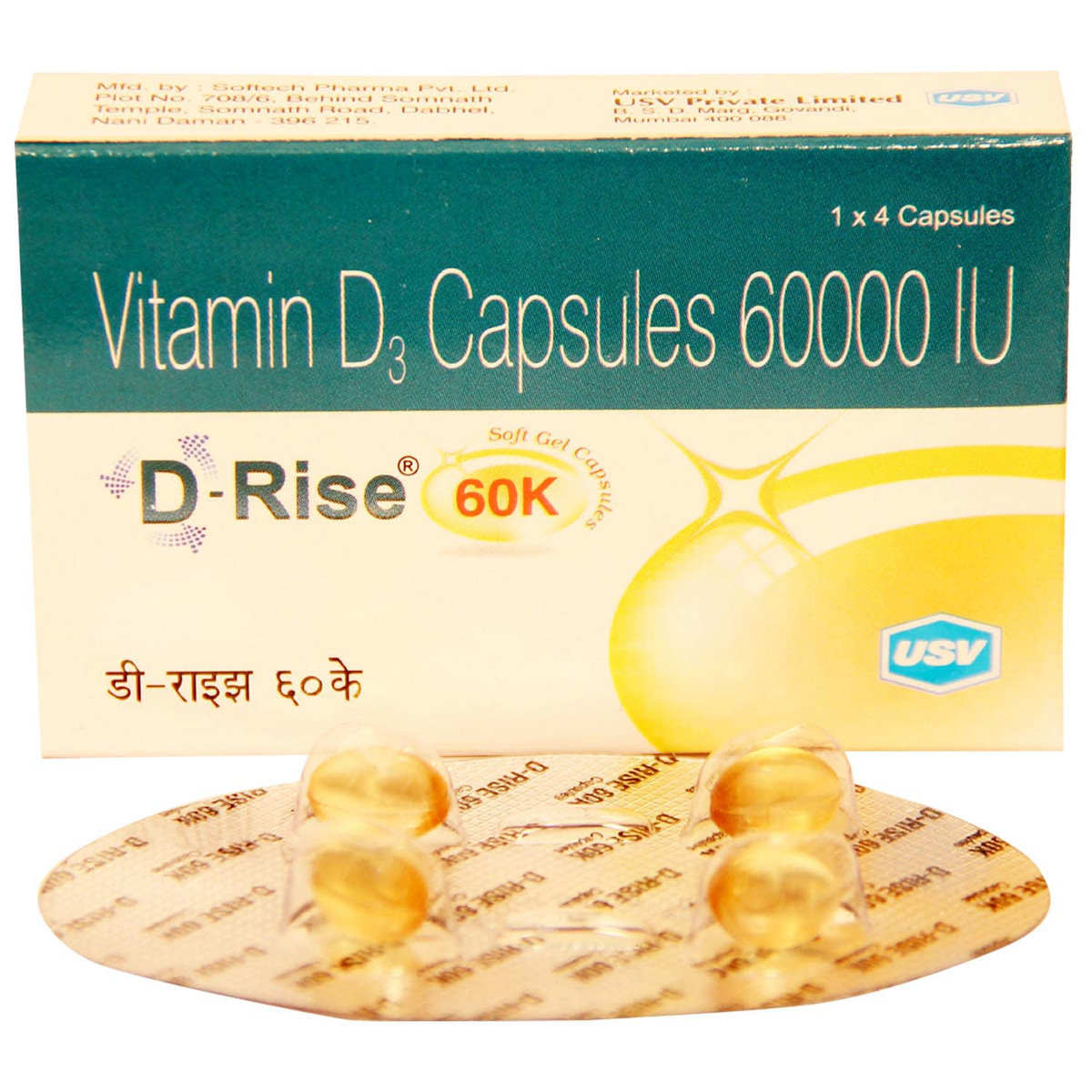Setolac-MR Tablet



MRP ₹329.5
(Inclusive of all Taxes)
₹49.4 Cashback (15%)
know your delivery time
Provide Delivery Location
Composition :
Manufacturer/Marketer :
Consume Type :
Expires on or after :
Return Policy :

Secure Payment

Trusted by 8 Crore Indians

Genuine Products
Therapeutic Class
Country of origin
Manufacturer/Marketer address
Author Details
We provide you with authentic, trustworthy and relevant information
Disclaimer
Alcohol
Safe if prescribed
Avoid consumption of alcohol while taking Setolac-MR Tablet as it may cause increased drowsiness. It can also increase the risk of stomach bleeding.
Pregnancy
Consult your doctor
Please consult your doctor if you are pregnant; your doctor will prescribe only if the benefits outweigh the risks.
Breast Feeding
Consult your doctor
Please consult your doctor if you are breastfeeding; your doctor will decide whether Setolac-MR Tablet can be taken by breastfeeding mothers or not.
Driving
Safe if prescribed
Setolac-MR Tablet may cause dizziness and drowsiness. Do not drive or operate machinery unless you are alert.
Liver
Consult your doctor
Dose adjustment may be needed in patients with liver impairment. Please consult your doctor if you have liver problems or any concerns regarding this.
Kidney
Consult your doctor
Dose adjustment may be needed in patients with kidney impairment. Please consult your doctor if you have kidney problems or any concerns regarding this.
Children
Safe if prescribed
Setolac-MR Tablet is not recommended for children as the safety and effectiveness were not established.
Reference
- https://vibcare.co.in/etodolac-thiocolchicoside/
- https://www.medicines.org.uk/emc/files/pil.3857.pdf
- https://www.sanofi.in/-/media/Project/One-Sanofi-Web/Websites/Asia-Pacific/Sanofi-IN/Home/science-and-innovation/for-healthcare-professionals/product-information/Myoril.pdf?la=en
- https://www.drugs.com/etodolac.html
About Setolac-MR Tablet
Setolac-MR Tablet belongs to a group of medicines called analgesics used to treat osteoarthritis, rheumatoid arthritis, pain, and muscle spasms. Osteoarthritis is a degenerative joint disease in which the two ends of the joints come together due to the breakdown of a protective covering (cartilage). Due to the absence of this protective covering, the joints rub against each other, leading to pain and stiffness. Rheumatoid arthritis is an auto-immune disease (the body's immune system attacks its tissue), leading to joint pain and damage.
Setolac-MR Tablet is a combination of two drugs, namely: Etodolac (NSAID) and Thiocolchicoside (Muscle relaxant). Etodolac blocks the effect of a chemical messenger known as cyclo-oxygenase (COX) enzyme that makes other chemical prostaglandins. By blocking the effect of COX enzymes, lesser prostaglandins are produced. This helps reduce mild to moderate pain and inflammation at the injured or damaged site. Thiocolchicoside works on the centres of the spinal cord and brain. This helps relieve muscle stiffness and improves muscle movements, thereby helps relieve pain due to muscle spasms.
You are advised to take Setolac-MR Tablet for as long as your doctor has prescribed it for you, depending on your medical condition. In some cases, Setolac-MR Tablet may cause common side effects such as nausea, vomiting, heartburn, stomach pain, and indigestion. Most of these side effects do not require medical attention and will resolve gradually over time. However, you are advised to talk to your doctor if you experience these side-effects persistently.
Consult your doctor if you are pregnant or breastfeeding. Setolac-MR Tablet may cause drowsiness and dizziness, so drive with caution. Setolac-MR Tablet is not recommended for children as safety and efficacy have not been established. Avoid consuming alcohol along with Setolac-MR Tablet as it could lead to increased dizziness; it might also increase the risk of stomach bleeding. Keep your doctor informed about your health condition and medicines to rule out any side effects/interactions.
Uses of Setolac-MR Tablet
Medicinal Benefits Mweb
Key Benefits
Setolac-MR Tablet is a combination of two drugs: Etodolac (Non-Steroidal Anti-Inflammatory Drugs) and Thiocolchicoside (Muscle relaxant). Setolac-MR Tablet is used to treat osteoarthritis, rheumatoid arthritis, pain, and muscle spasms. Etodolac blocks the effect of a chemical messenger known as cyclo-oxygenase (COX) enzyme that makes another chemical, prostaglandins, which are produced at injury sites and cause pain and swelling. By blocking the effect of COX enzymes, lesser prostaglandins are produced. This helps reduce mild to moderate pain and inflammation at the injured or damaged site. Thiocolchicoside works on the centres of the spinal cord and brain. This helps relieve muscle stiffness and improves muscle movements, thereby helping relieve pain due to muscle spasms.
Directions for Use
Side Effects of Setolac-MR Tablet
- Nausea
- Vomiting
- Heartburn
- Stomach pain
- Indigestion
Drug Warnings
Do not take Setolac-MR Tablet if you are allergic to any of its contents; if you have stomach ulcers, bleeding problems, clotting problems, inflammatory bowel disease, severe heart, liver or kidney problems, galactose intolerance, Lapp lactase deficiency or glucose-galactose malabsorption. Inform your doctor if you have/had stomach bleeding or ulcers, heart failure, high blood pressure, diabetes, high cholesterol, kidney or liver impairment. Consult your doctor if you are pregnant or breastfeeding. Setolac-MR Tablet may cause drowsiness and dizziness, so drive only if you are alert. Setolac-MR Tablet is not recommended for children as safety has not been established. Stop taking Setolac-MR Tablet and consult your doctor immediately if you have stomach pain or any signs of bleeding in the intestine or stomach, such as blood in stools. Do not take any other NSAIDs for pain relief along with Setolac-MR Tablet unless prescribed.
Drug-Drug Interactions
Drug-Drug Interactions
Login/Sign Up
Co-administration of Setolac-MR Tablet with Meloxicam can raise the adverse consequences in the digestive system, including inflammation, bleeding, ulceration, and, in rare cases, perforation(rupture).
How to manage the interaction:
Taking Meloxicam with Setolac-MR Tablet is not recommended can result in an interaction, it can be taken if a doctor has advised it. If you notice any of these symptoms like dizziness, lightheadedness, red or black, tarry stools, coughing up or vomiting fresh or dried blood that looks like coffee grounds, severe headache, and weakness consult a doctor. Do not discontinue any medications without consulting a doctor.
Using ketorolac together with Setolac-MR Tablet may increase the risk of side effects in the gastrointestinal tract (inflammation, bleeding and ulceration).
How to manage the interaction:
Taking Setolac-MR Tablet with Ketorolac is not recommended, but it can be taken together if prescribed by a doctor. However, if you experience unusual bleeding or bruising, dizziness, lightheadedness, red or black, tarry stools, coughing up or vomiting fresh or dried blood that looks like coffee grounds, severe headache, and weakness, consult a doctor immediately. Do not discontinue any medications without consulting a doctor.
Coadministration of Piroxicam with Setolac-MR Tablet can increase the risk of side effects such as inflammation(swelling with redness), bleeding, ulceration.
How to manage the interaction:
Although taking Setolac-MR Tablet and Piroxicam together can cause an interaction, it can be taken if a doctor has suggested it. However, if you experience unusual bleeding or bruising, dizziness, lightheadedness, red or black, tarry stools, coughing up or vomiting fresh or dried blood that looks like coffee grounds, severe headache, and weakness, consult the doctor. Do not stop using any medications without a doctor's advice.
Taking Oxaprozin with Setolac-MR Tablet may raise the risk of gastrointestinal adverse effects (inflammation, bleeding, ulceration, and, in rare cases, perforation).
How to manage the interaction:
Taking Setolac-MR Tablet with Oxaprozin together can result in an interaction, but it can be taken if a doctor has advised it. However, if you experience any unusual bleeding or bruising, dizziness, lightheadedness, red or black, tarry stools, coughing up or vomiting fresh or dried blood that looks like coffee grounds, a severe headache, and/or weakness, consult a doctor immediately. Do not discontinue any medications without consulting a doctor.
Coadministration of Naproxen and Setolac-MR Tablet can increase the risk or severity of gastric bleeding, ulceration, and rarely, perforation leading to serious blood loss.
How to manage the interaction:
Taking Naproxen and Setolac-MR Tablet together can result in an interaction, it can be taken if a doctor has advised it. However, if you notice any unusual bleeding or bruising, other signs of bleeding, dizziness, lightheadedness, red or black tarry stools, coughing up or vomiting blood, severe headache, and weakness, you should contact a doctor immediately. Do not stop using any medications without talking to a doctor.
Taking Iopamidol and Setolac-MR Tablet can increase the risk of kidney damage.
How to manage the interaction:
Although taking Setolac-MR Tablet and Iopamidol together can cause an interaction, it can be taken if a doctor has suggested it. However, if you experience nausea, vomiting, loss of appetite, increased or decreased urination, sudden weight gain or loss, fluid retention, swelling, shortness of breath, muscle cramps, tiredness, weakness, dizziness, confusion, or an irregular heart rhythm, consult a doctor immediately. Drink lots of fluid after the procedure to stay hydrated and to flush the contrast agent out of your kidneys. Do not stop using any medications without talking to a doctor.
Taking Warfarin together with Setolac-MR Tablet can increase the risk of bleeding.
How to manage the interaction:
Although taking Setolac-MR Tablet and Warfarin together can result in an interaction, they can be taken together if prescribed by a doctor. However, if you experience unusual bleeding or bruising, vomiting, blood in your urine or stools, headache, dizziness, or weakness consult a doctor immediately. Do not stop using any medications without consulting a doctor.
Taking Setolac-MR Tablet and Metrizamide can increase the risk of kidney damage.
How to manage the interaction:
There may be a possibility of interaction between Setolac-MR Tablet and Metrizamide, but it can be taken if prescribed by a doctor. However, if you experience nausea, vomiting, loss of appetite, increased or decreased urination, sudden weight gain or loss, fluid retention, swelling, shortness of breath, muscle cramps, tiredness, weakness, dizziness, confusion, or an irregular heart rhythm, consult a doctor immediately. Drink lots of fluid after the surgery to stay hydrated and to flush the contrast agent out of your kidneys. Do not stop using any medications without talking to a doctor.
Taking ketoprofen with Setolac-MR Tablet may raise the risk of gastrointestinal adverse effects (inflammation, bleeding, ulceration, and, in rare cases perforation).
How to manage the interaction:
Co-administration of Setolac-MR Tablet with Ketoprofen can result in an interaction, but it can be taken if a doctor has advised it. However, if you experience any unusual bleeding or bruising, dizziness, lightheadedness, red or black, tarry stools, coughing up or vomiting fresh or dried blood that looks like coffee grounds, a severe headache, and/or weakness, consult a doctor immediately. Do not discontinue any medications without consulting a doctor.
Using Dasatinib together with Setolac-MR Tablet may increase the risk of bleeding.
How to manage the interaction:
Taking Setolac-MR Tablet with Dasatinib together can result in an interaction, but it can be taken if a doctor has advised it. However, if you experience bruising, dizziness, red or black, tarry stools, severe headache, and weakness, consult the doctor. Do not stop using any medications without a doctor's advice.
Drug-Food Interactions
Drug-Food Interactions
Login/Sign Up
Drug-Diseases Interactions
Drug-Diseases Interactions
Login/Sign Up
Drug-Drug Interactions Checker List
- ASPIRIN
- IBUPROFEN
- NAPROXEN
- DICLOFENAC
- DULOXETINE
- ESCITALOPRAM
- DIGOXIN
- METOPROLOL
- WARFARIN
- LITHIUM
- CYCLOSPORINE
- MIFEPRESTONE
Habit Forming
Diet & Lifestyle Advise
- Physical activity helps in strengthening muscles and relieves joint stiffness. Gentle activities like 20-30minutes of walking or swimming would be helpful.
- Performing yoga may also help in improving joint flexibility and pain management.
- Maintain a healthy weight by performing regular low-strain exercises and eating healthy food.
- Get adequate sleep, as resting the muscles can help reduce inflammation and swelling.
- De-stress yourself by meditating, reading books, taking a warm bubble bath or listening to soothing music.
- Acupuncture, massage and physical therapy may also be helpful.
- Eat food rich in antioxidants such as berries, spinach, kidney beans, dark chocolate, etc.
- Foods containing flavonoids help in reducing inflammation. These include soy, berries, broccoli, grapes and green tea.
- Avoid smoking and alcohol consumption.
All Substitutes & Brand Comparisons
RX
Etodor-MR Tablet 10's
Sanador Healthcare
₹309
(₹27.81 per unit)
6% CHEAPERRX
Proxym-MR Tablet 10's
Emcure Pharmaceuticals Ltd
₹361
(₹32.49 per unit)
9% COSTLIERRX
Out of StockThaiclo E Tablet 10's
Stepcure Pharma Pvt Ltd
₹379.5
(₹37.95 per unit)
27% COSTLIER
Buy best C.n.s Drugs products by
Intas Pharmaceuticals Ltd
Sun Pharmaceutical Industries Ltd
Torrent Pharmaceuticals Ltd
Alkem Laboratories Ltd
Abbott India Ltd
Cipla Ltd
Alteus Biogenics Pvt Ltd
Micro Labs Ltd
Lupin Ltd
Ipca Laboratories Ltd
D D Pharmaceuticals Pvt Ltd
Icon Life Sciences
Mankind Pharma Pvt Ltd
Tripada Healthcare Pvt Ltd
Arinna Lifesciences Ltd
Linux Laboratories Pvt Ltd
East West Pharma India Pvt Ltd
La Renon Healthcare Pvt Ltd
Talent India Pvt Ltd
Tas Med India Pvt Ltd
Zydus Healthcare Ltd
Cnx Health Care Pvt Ltd
Eris Life Sciences Ltd
Leeford Healthcare Ltd
Emcure Pharmaceuticals Ltd
Macleods Pharmaceuticals Ltd
Sigmund Promedica
Aristo Pharmaceuticals Pvt Ltd
Dr Reddy's Laboratories Ltd
Troikaa Pharmaceuticals Ltd
Consern Pharma Ltd
Zydus Cadila
Shine Pharmaceuticals Ltd
Wockhardt Ltd
Ardent Life Sciences Pvt Ltd
Crescent Formulations Pvt Ltd
Theo Pharma Pvt Ltd
Reliance Formulation Pvt Ltd
Ikon Pharmaceuticals Pvt Ltd
Propel Healthcare
Neon Laboratories Ltd
Jagsam Pharma
Msn Laboratories Pvt Ltd
Morepen Laboratories Ltd
Pulse Pharmaceuticals
Sanofi India Ltd
Med Manor Organics Pvt Ltd
Hetero Healthcare Pvt Ltd
Novartis India Ltd
Crescent Therapeutics Ltd
Elder Pharmaceuticals Ltd
Solvate Laboratories Pvt Ltd
Akumentis Healthcare Ltd
Mova Pharmaceutical Pvt Ltd
Psyco Remedies Ltd
Tripada Lifecare Pvt Ltd
Ajanta Pharma Ltd
Cyrus Remedies Pvt Ltd
Medishri Healthcare Pvt Ltd
Cadila Healthcare Ltd
Glenmark Pharmaceuticals Ltd
Matteo Health Care Pvt Ltd
Hbc Life Sciences Pvt Ltd
Lyf Healthcare
Matias Healthcare Pvt Ltd
Mesmer Pharmaceuticals
Alembic Pharmaceuticals Ltd
Capital Pharma
Crescent Pharmaceuticals
Medopharm Pvt Ltd
Alniche Life Sciences Pvt Ltd
Kivi Labs Ltd
Talin Remedies Pvt Ltd
USV Pvt Ltd
Quince Lifesciences Pvt Ltd
Solis Pharmaceuticals
Infivis Life Care
Zuventus Healthcare Ltd
Cadila Pharmaceuticals Ltd
Pfizer Ltd
Wallace Pharmaceuticals Pvt Ltd
A N Pharmacia Laboratories Pvt Ltd
Blue Cross Laboratories Pvt Ltd
Jenburkt Pharmaceuticals Ltd
Lia Life Sciences Pvt Ltd
Mano Pharma
Medley Pharmaceuticals Ltd
Primus Remedies Pvt Ltd
FDC Ltd
Maneesh Pharmaceuticals Ltd
Apex Laboratories Pvt Ltd
Gagnant Healthcare Pvt Ltd
Ozone Pharmaceuticals Ltd
RPG Life Sciences Ltd
Strides Shasun Ltd
Unichem International
GlaxoSmithKline Pharmaceuticals Ltd
Kuresys Labs Pvt Ltd
LA Pharma
Trion Pharma India Llp
Frequently Bought Together

_0.jpg?tr=q-85)


